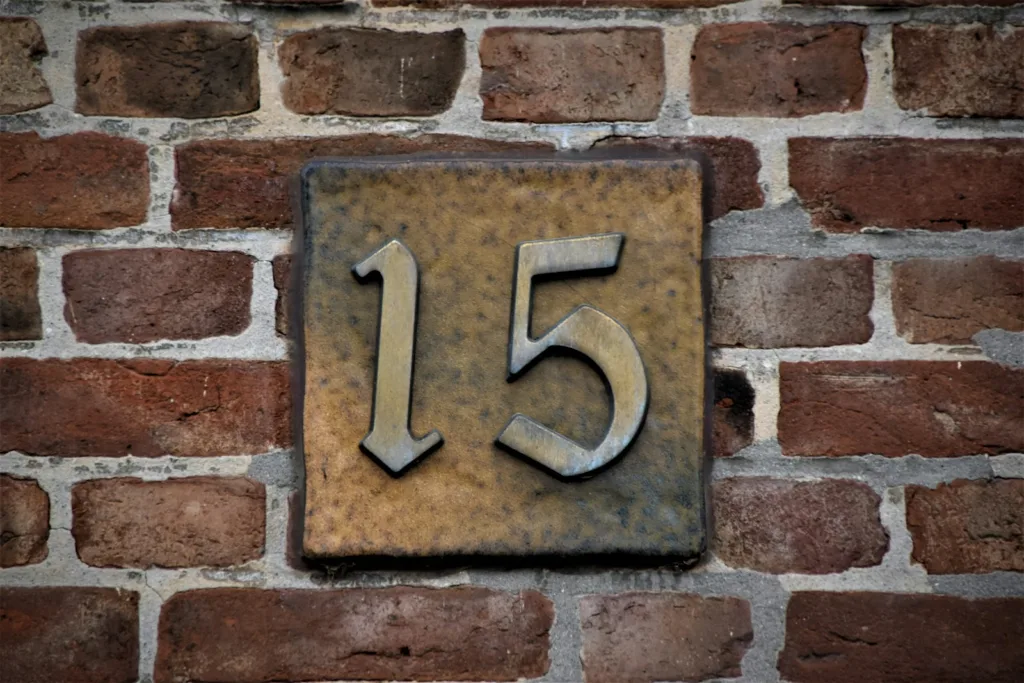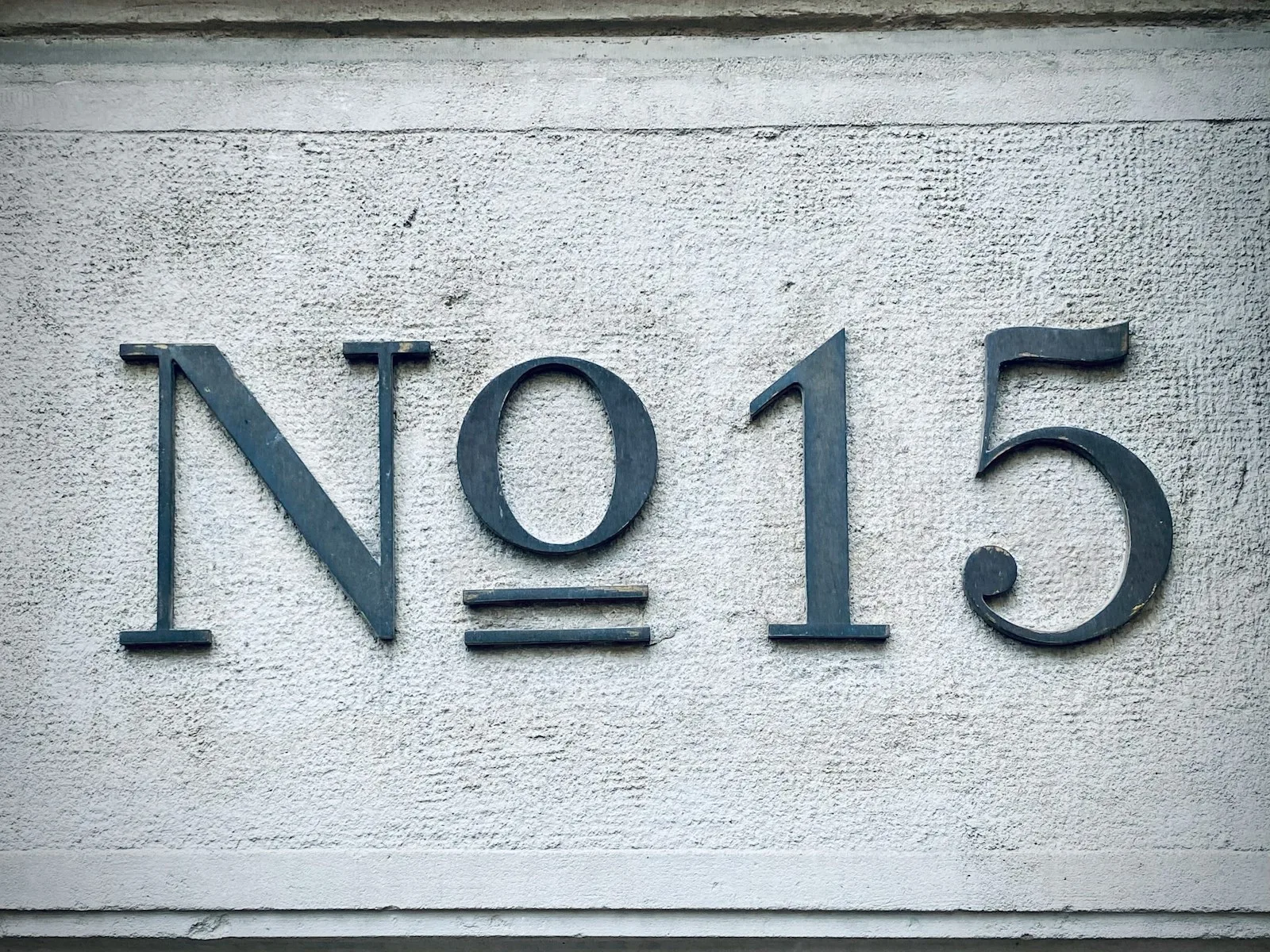Table of Contents
Number 15
A two-person team from Carnegie Mellon University (CMU) just figured out the solution to an extraordinarily challenging math issue. Large, complex arithmetic problems that are challenging to solve typically have large, complex solutions that are nearly as difficult for the average person to comprehend. but, not this one. This one is merely Number15.
When it was first asked in 2008, the query was as follows: What is the least number of different numbers you would need to fill an infinite grid of squares, such as an endless sheet of graph paper, with numbers that had to be more than that number of squares apart? We refer to this issue as the “packing coloring” problem.

It also came with a warning: the distance “apart” between consecutive numbers is actually their “taxicab distance,” which means that you can only square integers along straight paths that form right angles. Because their “taxicab distance” would only be one square, two 1s, for instance, could not be located exactly next to one another. However, since their “taxicab distance” would be two—one up or down and one to the side—they may be diagonal from one another. For all other numbers, the same applies. Their “taxicab distance” has to be one more than their value from the closest repeat.
Still unclear?
In such case, it’s reasonable. After all, it took eminent mathematicians more than ten years to solve the problem, and it required a good deal of computational power and inventiveness.
Bernardo Subercaseaux, a graduate student at CMU, and Marijn Heule, a professor at CMU, are credited with solving the puzzle.
Originally, they were able to reduce the number of possible answers to just 13, 14, or 15. However, that set of solutions had already been attained a few years prior by another team, and Subercaseaux and Heule were looking for a true solution rather than a range of options. They then resorted to using strong computers. Especially since they had to make sure they tried every possible combination of number positions to rule out a possible answer.

Unfortunately, even with a very sophisticated and powerful computer, that takes a long time to complete. So, the researchers used their imaginations. They deduced that symmetrical solutions are identical for the purposes of this problem. Although it wouldn’t affect the outcome, mirroring the entire grid would require twice as much processing power from the computer. After applying the “don’t worry about symmetrical results” criteria, they were able to eliminate number 13, leaving just numbers 14 and 15.
However, the computer process took much longer each time the number tested increased. Therefore, even with the “don’t worry about symmetrical results” rule in place, Subercaseaux and Heule would not be satisfied with the computation required to complete test 14, as it would take too long. Furthermore, the two sought to “solve it in an impressive way,” according to mathematician Alexander Soifer of the University of Colorado, who spoke with Quanta Magazine. They weren’t content to just apply raw force to the problem.
Subercaseaux and Heule eventually discovered that the calculation became much more efficient if they let the computer evaluate groups of space rather than individual squares. Instead of having the computer scan each square in the area for red flags, they decided to break it up into plus signs made of five squares each.
And shortly after, the computer completed its trial and raised the flag on position 14. Only 15 remained as a choice and 15 as the response. For a mere fifteen? That much labor, that much programming, and that much creativity?

In real life, you’re probably not going to come across an infinite grid that needs to be filled under really particular circumstances, but finding solutions to issues like this doesn’t always involve making the greatest discoveries that have practical applications. There are moments when the trip truly matters more than the final goal.
Mathematicians Discovered Something Mind-Blowing About the Number 15 (msn.com)
read also : Finally, a “lost continent” that was believed to have disappeared completely is found by scientists.
Number 15 Number 15 Number 15 Number 15 Number 15


2 thoughts on “Researchers in Mathematics Found Something Amazing About the Number 15”